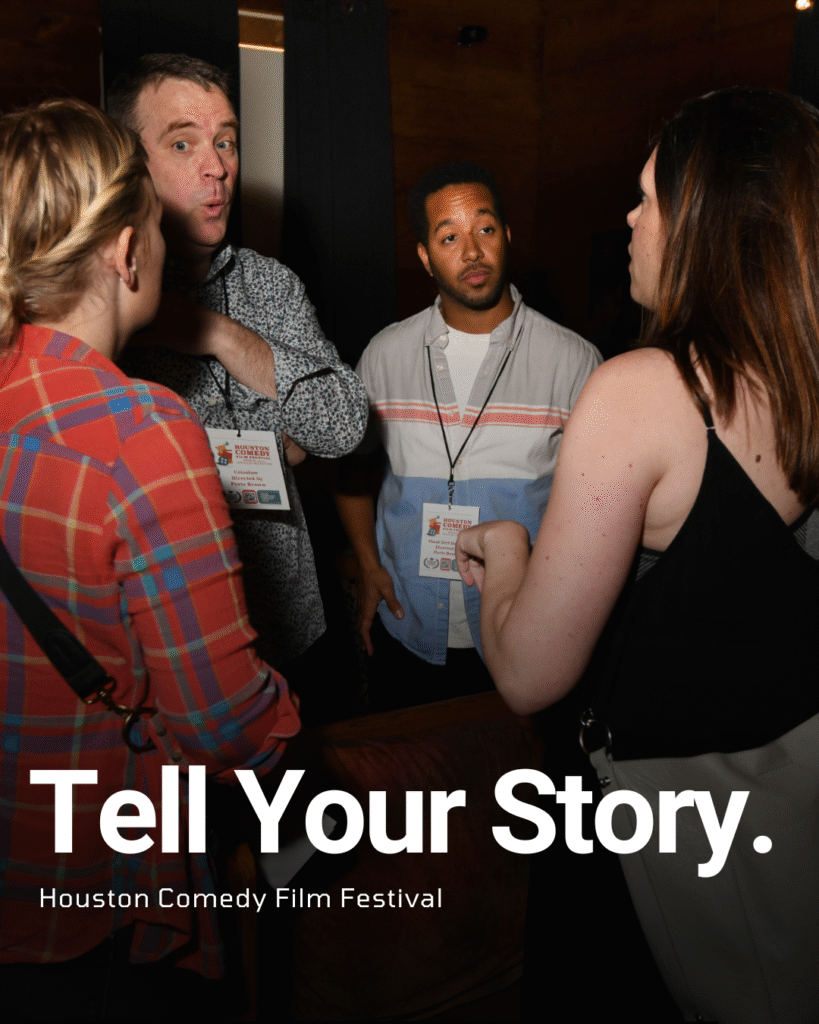Film Industry
Angie Lin’s “Cost of Joy” Shines as a Finalist at Houston Comedy Film Festival
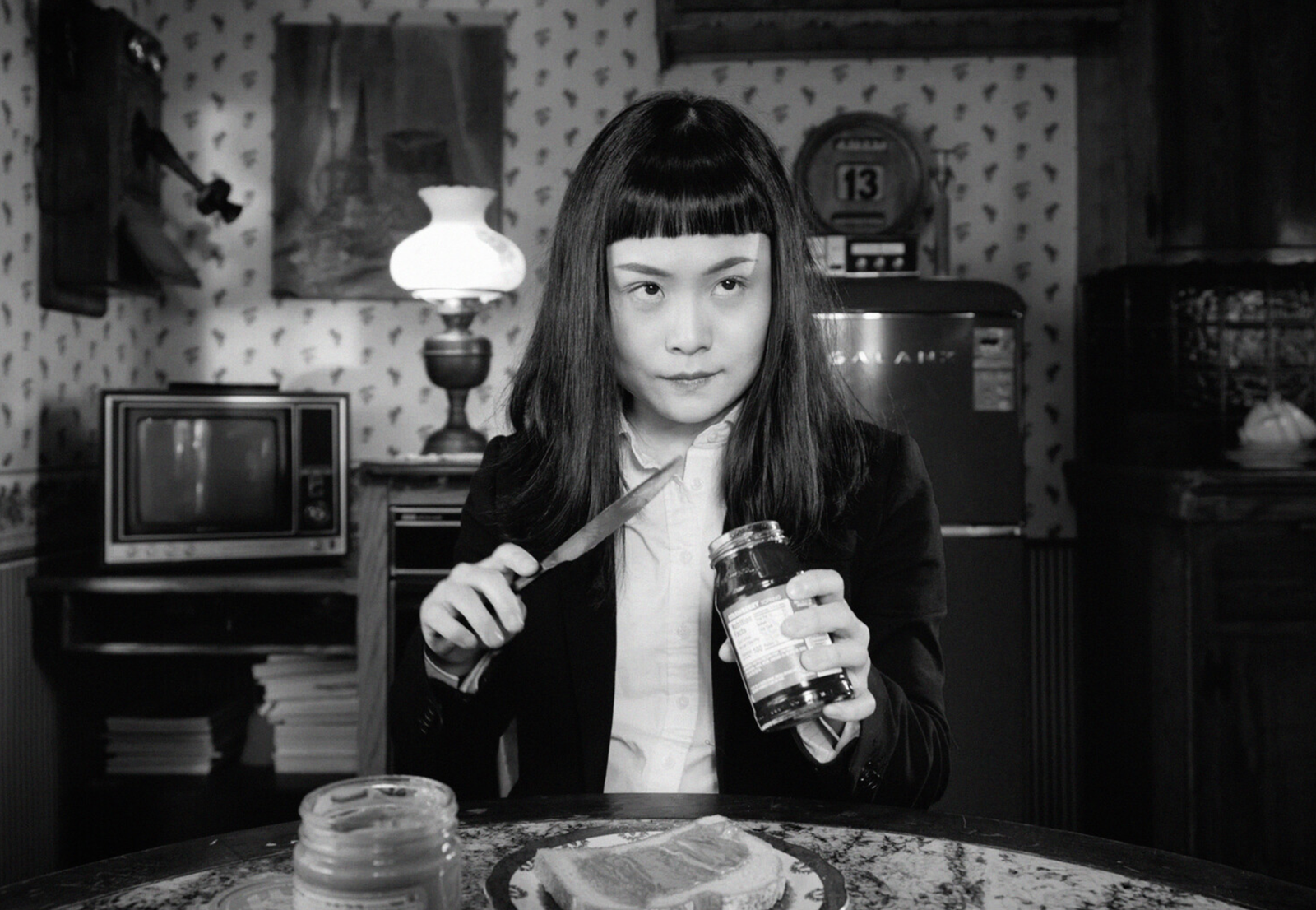
Angie Lin, a multidisciplinary artist and graduate of USC School of Cinematic Arts, is making a remarkable mark as a finalist at the 2025 Houston Comedy Film Festival with her deeply personal and inspiring indie film, Cost of Joy. Drawing from her own life’s toughest moments, Angie crafts a story about hitting rock bottom and finding joy in the smallest things—a theme many can relate to in today’s chaotic world.
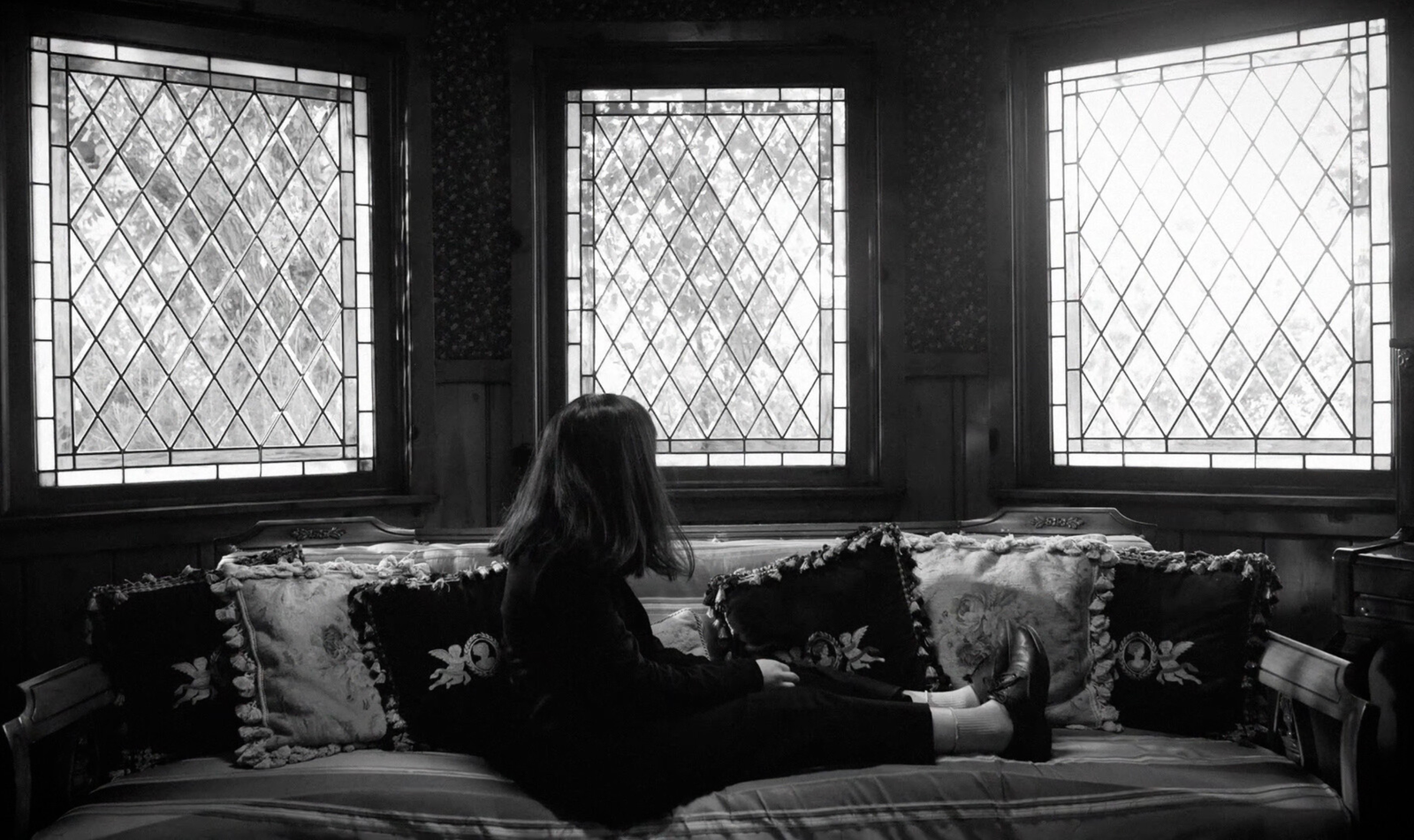
Angie’s career began as an actress, with international recognition for award-winning indie films such as Dive Into The Blue and Manchukuo, 1943, Summer. She was a series regular on The Plaza, a Cpics TV original, and has appeared in commercials for Xfinity and NBA Finals. Recently, Angie has expanded into theater, stunts, editing, writing, and directing. She has performed at The Group Rep theater in North Hollywood and starred alongside top stunt professionals worldwide. She is also set to train at the 2025 Jackie Chan Stunt Team Action Film Camp. Passionate about exploring mental health and spirituality through her projects, Angie uses art to spread love and joy and inspire positive outlooks on life.
At the festival, Angie sat down with Roselyn Omaka, the festival’s director, to discuss her heartfelt film and creative process. Angie shared:
“My film, Cost of Joy, is about the dip before the rise in life. It’s very personal—it’s about a series of trauma I went through, that lowest of lowest point before it shifted my perspective and I started to appreciate the little things and found joy.”

What makes Angie’s story even more inspiring is how she brought this film to life almost entirely on her own. She wrote, directed, edited, and starred in the project herself. Budget constraints pushed her to wear many hats, but Angie views this as a creative advantage:
“When you don’t have a budget, you gotta do everything yourself. It was easier because it’s so hard to get everyone’s schedule aligned. With a whole team, it takes months to plan things; solo, I already know what I want so it doesn’t take 20 takes per scene—usually two or three.”
Her drive to act fast on ideas comes with a sense of urgency inspired by creative legends:
“I would get these images and think, ‘I need to make this happen because if I don’t, somebody else will.’”
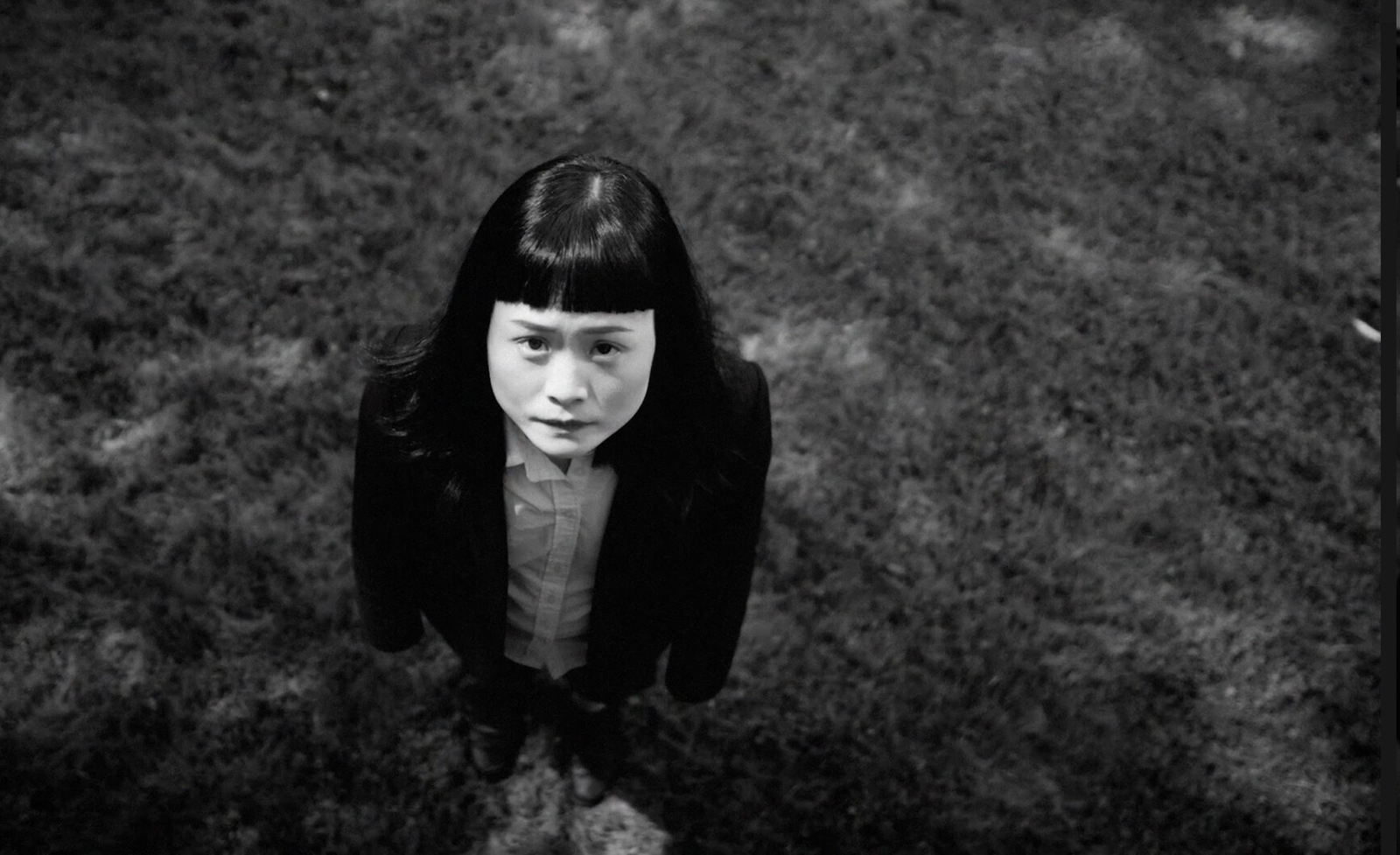
Angie encourages others not to let perfectionism or budget stop them:
“You can make it happen, even if you have a very low budget or you’re a one-person team. Don’t let your ideas sit and get forgotten.”
Recently, Angie trained at Jackie Chan’s stunt camp in Beijing, learning martial arts and action filmmaking from top industry pros. This rich experience intensified her desire to mentor emerging filmmakers, with plans to become an executive producer and create a nonprofit supporting new artists.
Angie also highlighted the importance of authenticity in collaboration:
“People can sense when you’re being fake or desperate, and it turns them off. If you’re passionate and authentic, people will naturally want to collaborate.”
Angie Lin’s journey and Cost of Joy exemplify the spirit of indie filmmaking: courage, creativity, and unwavering commitment to telling one’s story. Her film stands as a beacon of hope and inspiration at the Houston Comedy Film Festival.
Follow Angie’s inspiring journey on Instagram @angielinofficial.
#CostOfJoy #HoustonComedyFilmFestival #IndieFilm #WomenInFilm #AngieLin #Filmmaking #Inspiration
Entertainment
After Party: Festival Winner for Best Romantic Short
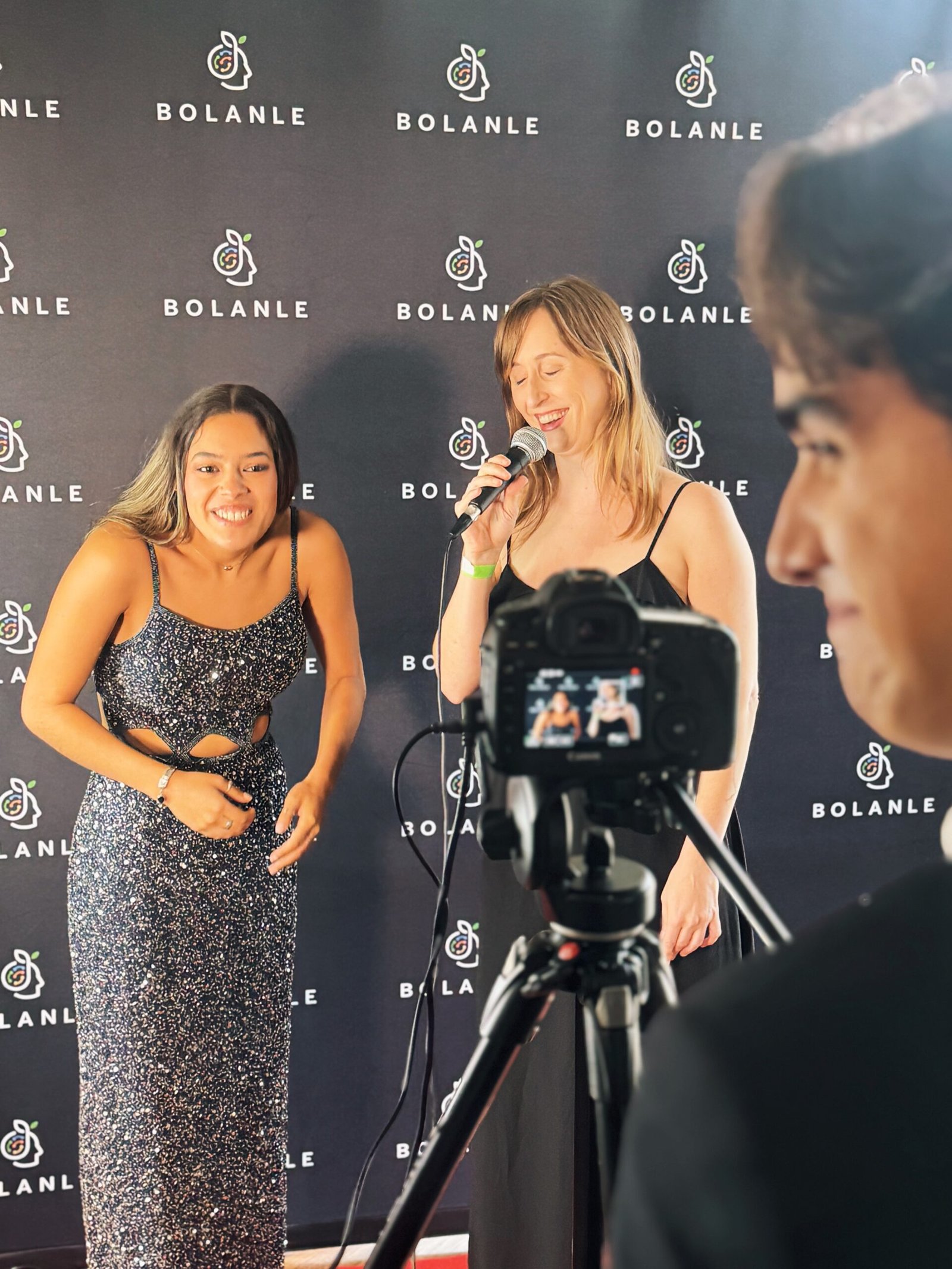
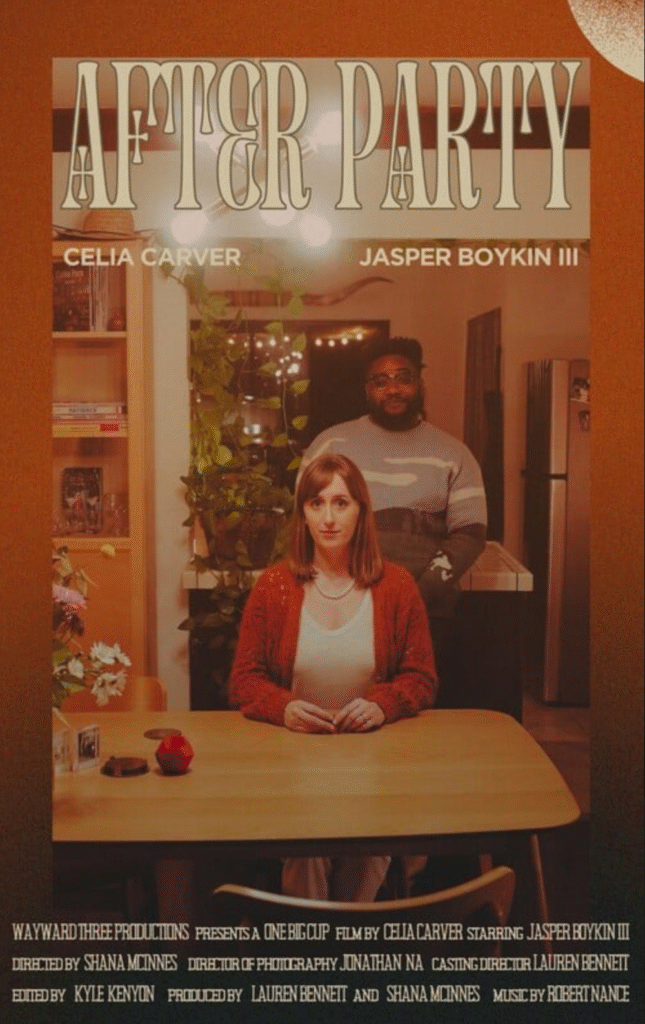
Celia Carver’s romantic short film ‘After Party‘ earned well-deserved acclaim at the Houston Comedy Film Festival 2025, where it took home the award for Best Romantic Film. The festival celebrated Carver’s impressive debut as an executive producer, writer, and lead actress playing the wife, opposite Jasper as her husband, Gabe. Her authentic storytelling and strong onscreen chemistry helped ‘After Party‘ stand out among the festival’s diverse slate of independent films.

Accepting her award, Carver expressed heartfelt thanks to her cast, crew, and the festival community for their support. She reflected on the challenges of balancing multiple creative roles while championing diversity and simplicity in her production approach. Carver specifically credited her collaboration with director Shana Lauren McInnes and actor Jasper for bringing depth and warmth to the project, underscoring how important trusted partnerships are for new filmmakers.
Her acceptance speech also resonated with the festival audience as she shared advice about perseverance, fairness, and casting open-mindedly. Carver encouraged emerging creatives to focus on strong storytelling, foster inclusive teams, and stay adaptable through the inevitable challenges of filmmaking. Her victory not only marks a major milestone but also highlights the potential of bold, thoughtful voices in the indie romantic comedy space.

Overall, Celia Carver’s award at the Houston Comedy Film Festival is a testament to her vision and dedication. It signifies the rising prominence of new talent willing to lead with authenticity and heart. With After Party’s success, audiences and peers alike eagerly anticipate her future projects, expecting more engaging stories told with her fresh perspective and heartfelt humor.
Entertainment
Executive Producer Debut: How Celia Carver Created Festival Hit ‘Afterparty’

Celia Carver stepped into the world of independent film with the ambitious goal of shepherding her short, After Party, from script to festival screen. As a first-time executive producer, Carver didn’t just organize the project—she wrote the screenplay, raised the budget, took the creative reins, and anchored the film through her performance in the lead role as the wife. Opposite her was Jasper, cast as her husband, Gabe, whose approachable presence and natural chemistry with Carver were crucial to the film’s emotional tone and comedic balance.
At the Houston Comedy Film Festival, Carver sat down with festival director Roselyn Omaka for an in-depth conversation about every stage of the After Party journey. The interview offered a candid look into what it takes for a newcomer to pull together a successful independent production and bring it to a live audience.

Casting, Collaboration, and Onscreen Dynamics
One of Carver’s most strategic choices was her collaboration with director Shana Lauren McInnes—a friend since high school and herself a first-time narrative director. This shared sense of trust and history created an atmosphere where creative risks were possible without unnecessary friction.
Carver’s on-screen partnership with Jasper as Gabe was also a calculated decision. She explained that the character dynamic between the husband and wife could easily have tipped negative if Jasper didn’t bring the right energy. He kept the performance playful and genuine, matching Carver’s debut in a major acting role. Their scenes together, depicting a couple picking apart a dinner party mishap, drove the film’s narrative and comic rhythm.
Diversity, Simplicity, and Professional Standards
During her talk with Omaka, Carver emphasized her open approach to casting. She went beyond surface-level diversity, looking for actors who could authentically elevate the material. While Jasper’s performance as Gabe stood out, Carver highlighted that the casting process prioritized who fit the part best—regardless of background—adding that a project gains complexity and relatability when different perspectives are deliberately included.

Carver also pointed out that the production itself was kept as simple as possible—intentionally minimizing moving parts with a single location and small cast and crew. This not only streamlined logistics but kept the creative focus sharp, a key tactic for anyone producing a film on a limited budget for the first time. Fair compensation was another pillar of Carver’s approach. Even when working with friends or up-and-coming talent, she stressed that everyone’s work deserves recognition and proper pay, which, in turn, promotes professionalism and positive energy throughout production.
Navigating Challenges: Production and Post
Carver didn’t shy away from addressing setbacks, particularly during post-production. Color grading required a course correction and the hiring of a new specialist when the original approach didn’t meet expectations. She noted that while giving collaborators room to experiment can sometimes bring fresh results, knowing when to pivot is just as important. This adaptability, she said, can save time and ensure the final product meets the desired vision.
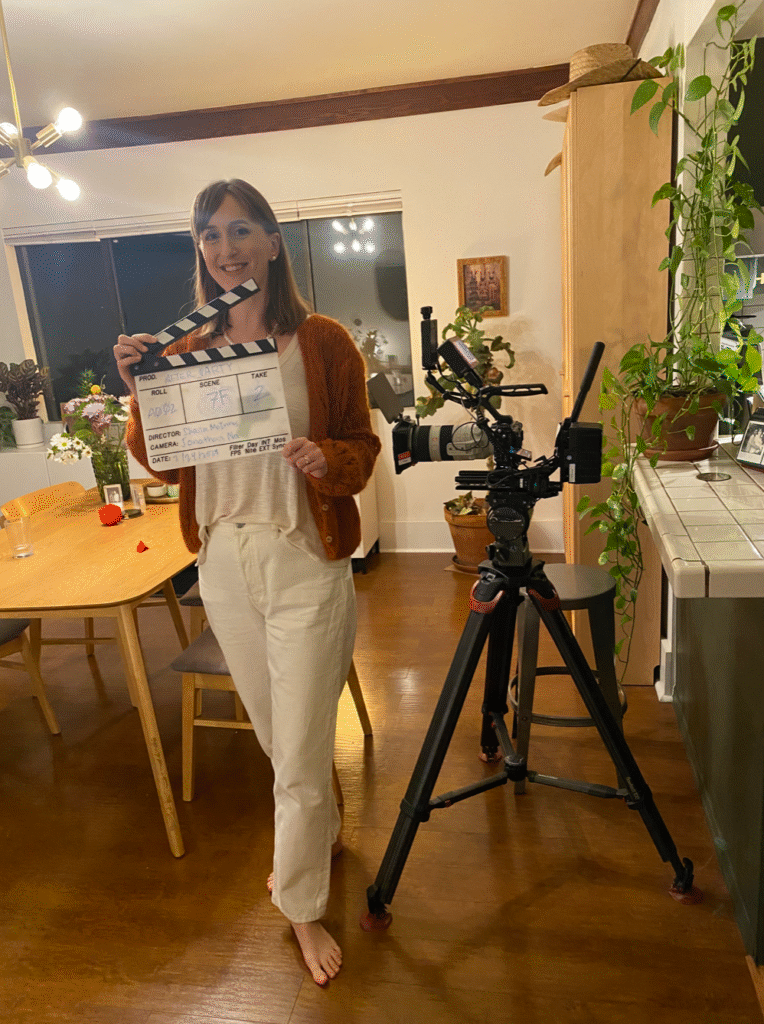
Advice for Aspiring Indie Filmmakers
When Omaka pressed for advice for others contemplating their first independent film, Carver distilled her experience into practical points:
- Keep it Simple: Limit locations, cast size, and narrative complexity to maintain control and cohesion on a first project.
- Cast for Chemistry, Not Just Credentials: Find collaborators whose energy complements the project and each other, particularly for stories driven by intimate relationships.
- Prioritize Diversity and Openness: Seek new voices and faces. This not only levels the playing field but strengthens the project’s resonance with a modern audience.
- Pay Fairly and Transparently: Value every contribution, regardless of experience or personal connection, to foster respect and professionalism.
Looking Forward: From Executive Producer to Director
Following After Party’s successful run at the Houston Comedy Film Festival, Carver is now working on a new short in the horror genre—a move she hopes will build her directorial confidence and further expand her creative reach. She credits her time both on-screen and behind the scenes with giving her a clearer understanding of the unique pressures and rewards of independent filmmaking.
The Takeaway
Celia Carver’s debut is an instructive case for new producers and writers: with the right mix of planning, open collaboration, principled leadership, and willingness to learn in real time, a festival-worthy film is within reach—even for first-timers wearing many hats. Her detailed conversation with Roselyn Omaka revealed not just her process, but a genuine roadmap for anyone determined to take creative control in today’s independent film landscape.
Film Industry
Can Movie Theaters Steal the Show from Streaming?
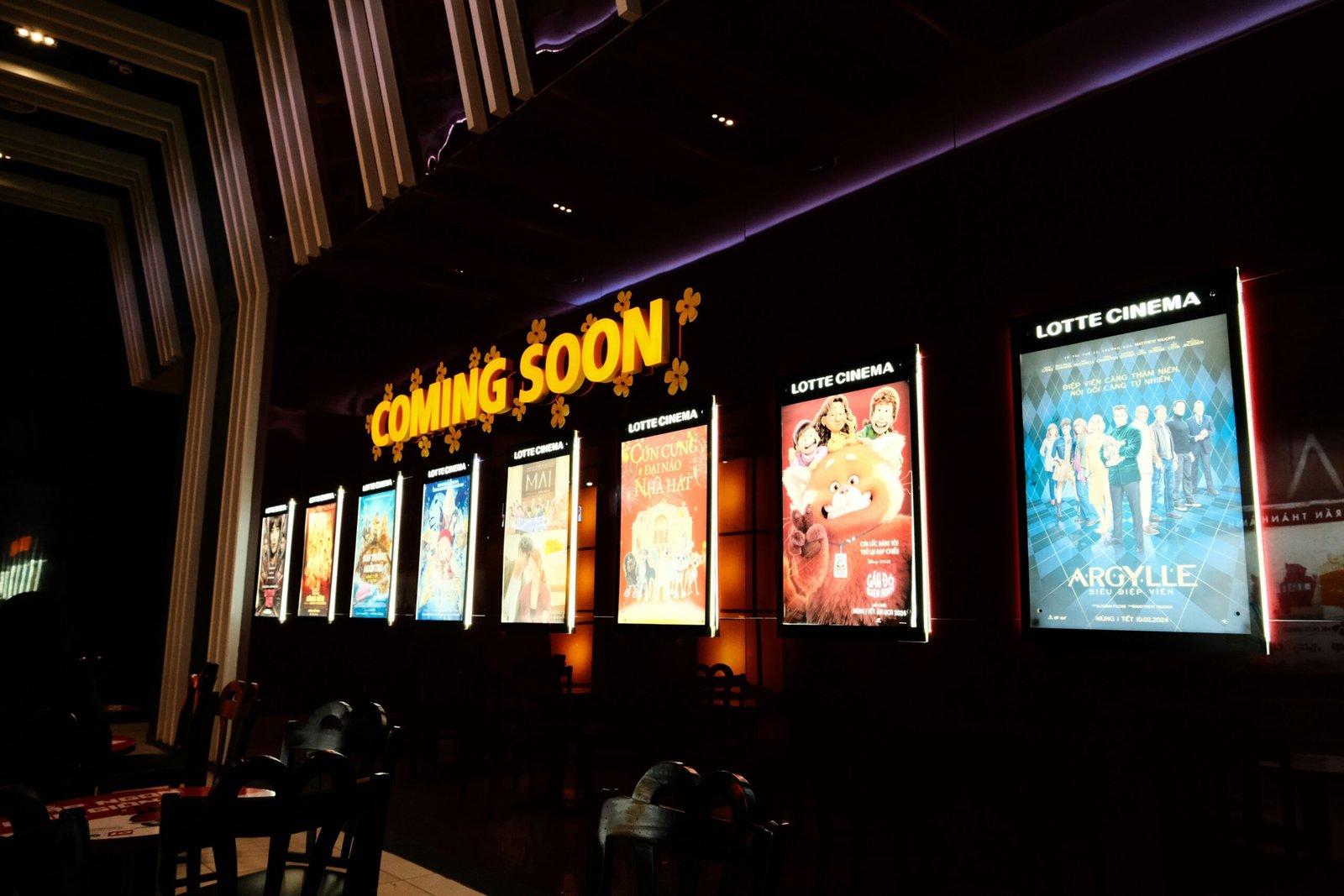
It wasn’t long ago that original streaming films dominated studio strategies, with major players slashing theatrical releases and scrambling for digital-first blockbusters. This era gave rise to a seemingly unstoppable streaming boom, but after the pandemic dust settled, cracks began to show. Declining subscriber growth, saturated markets, and the yearning for shared experiences off-screen forced studios to reevaluate.
Enter the newly merged Paramount Skydance. CEO David Ellison has boldly declared that original streaming movies are no longer the company’s main priority; instead, Paramount is supercharging theatrical output—raising its film slate from 8 to 20 movies annually. This dramatic shift marks one of the most aggressive industry pivots back to the big screen in recent memory, supercharging optimism among exhibitors and sending shockwaves through Hollywood financial circles.

Industry heavyweights like AMC CEO Adam Aron are embracing the boost. “We’ve thought for a long time that Paramount in David Ellison’s hands would be very good for exhibition,” Aron noted, pointing to the studio’s legacy hits like Top Gun: Maverick—a film widely credited with sparking renewed interest in the theater experience. Since SkyDance’s box office coups, studios are again recognizing that theatrical releases can drive bigger cultural moments, longer revenue tails, and higher per-head spending than digital debuts.
AMC’s recent numbers lend weight to the comeback: theater attendance soared 26% last quarter, while revenue jumped 36%. Thanks to premium formats, innovative concessions, and experiential add-ons—collectible popcorn tubs, branded merchandise, dine-in services—actual profit per moviegoer is up 48% compared to pre-pandemic levels. Audiences are not only coming back, they’re spending more and lingering longer.
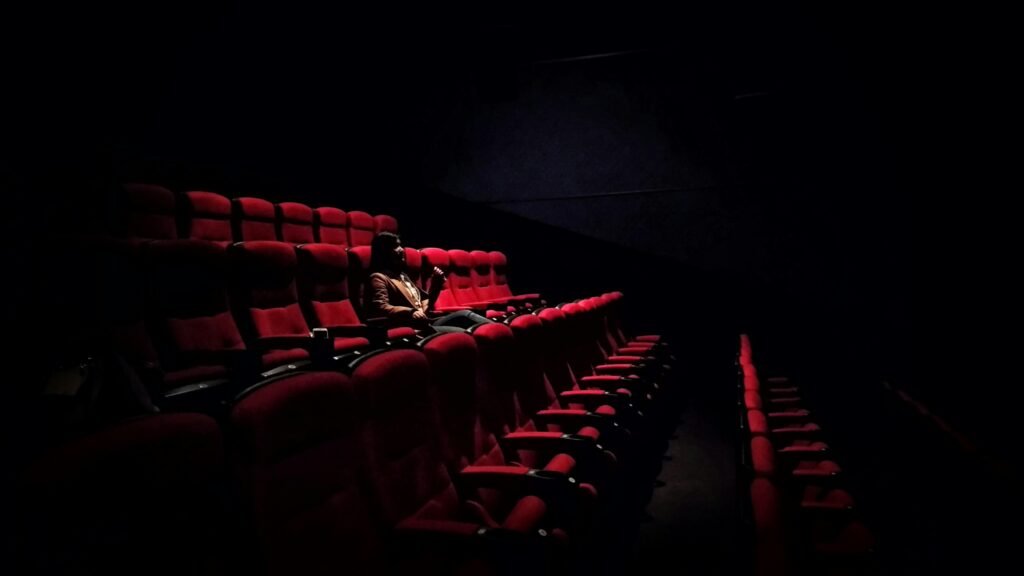
But the battle isn’t over. Some analysts predict overall box office earnings won’t hit pre-pandemic heights until 2029. Still, theater owners are less worried, having streamlined costs and diversified revenue streams in recent years. For AMC and other chains, the focus is on making each patron more valuable—not just filling seats.
Paramount Skydance’s new strategy could prove a bellwether. With 20 new theatrical titles each year—across genres and budgets—the studio is chasing more “event” films that draw fans off the couch and into auditoriums. Meanwhile, streaming platforms will need to adapt, either by forming new partnerships or refining their role as launchpads for fresh talent and niche content.
Ultimately, audiences are signaling what they want: memorable nights out, unforgettable premieres, and the collective thrill of the movies. As one CEO put it, “It all starts with great movies.” With the world’s biggest studios pivoting back toward the silver screen, movie theaters look poised not only to steal the show, but also to rewrite Hollywood’s future.

 News4 weeks ago
News4 weeks agoDiddy Wakes Up to Knife in Prison Attack

 Entertainment4 weeks ago
Entertainment4 weeks agoKim and Kanye’s Daughter North West Faces Criticism Over Her Tattoos

 Health4 weeks ago
Health4 weeks agoOral Sex Is Spreading More Than Pleasure — It’s Fueling a Cancer Surge

 Business4 weeks ago
Business4 weeks agoHarvard Grads Jobless? How AI & Ghost Jobs Broke Hiring

 Entertainment1 week ago
Entertainment1 week agoAfter Party: Festival Winner for Best Romantic Short

 News1 week ago
News1 week agoCamp Wackapoo – Rise of Glog Takes Center Stage

 Entertainment1 week ago
Entertainment1 week agoFrancisco Ramos Takes Top Mockumentary Award at Houston Comedy Film Festival

 Politics2 weeks ago
Politics2 weeks agoMamdani’s Victory Triggers Nationwide Concern Over New York’s Future















